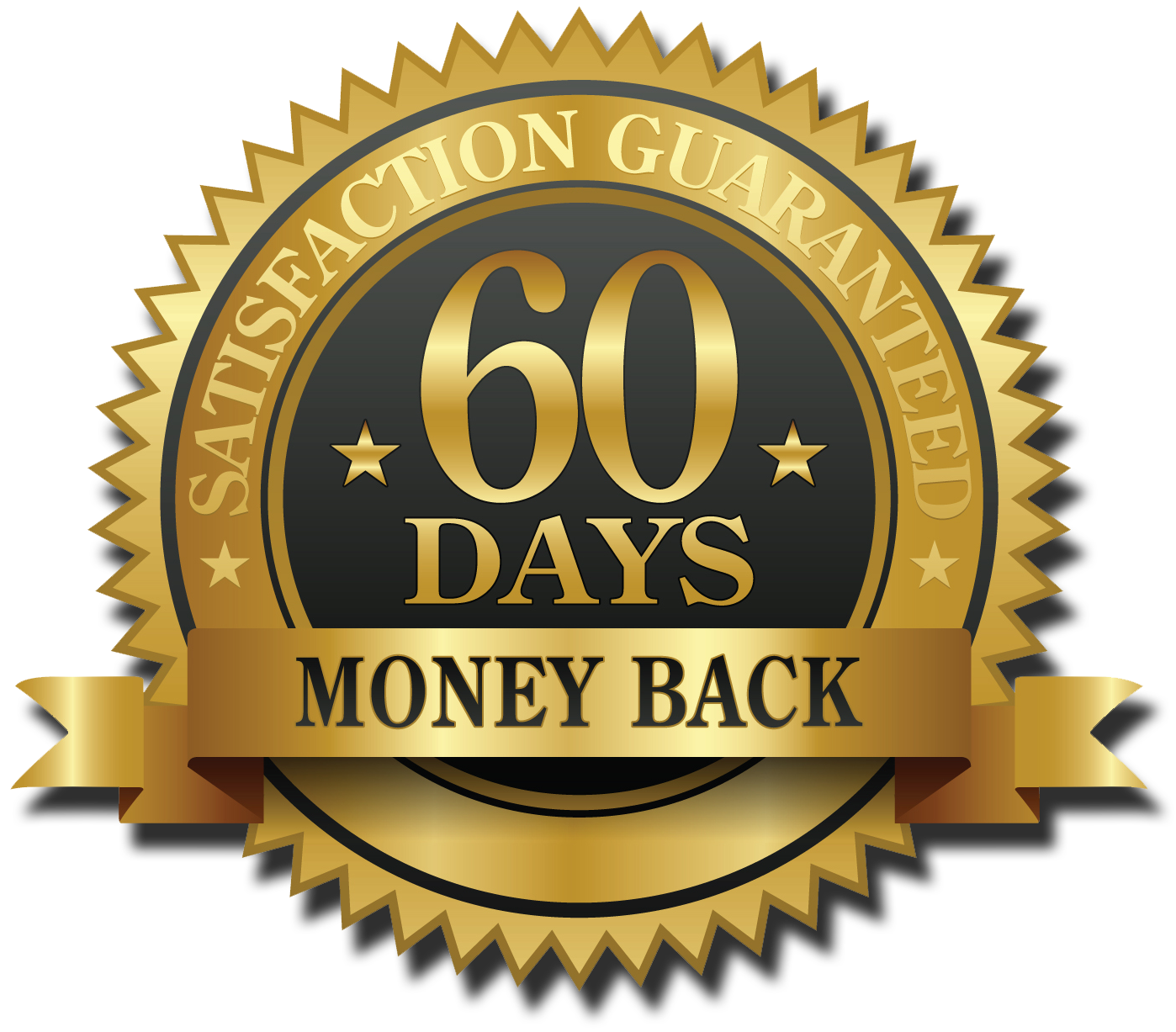Make sure your sound is turned on! Please wait up to 5 seconds for this video to load.

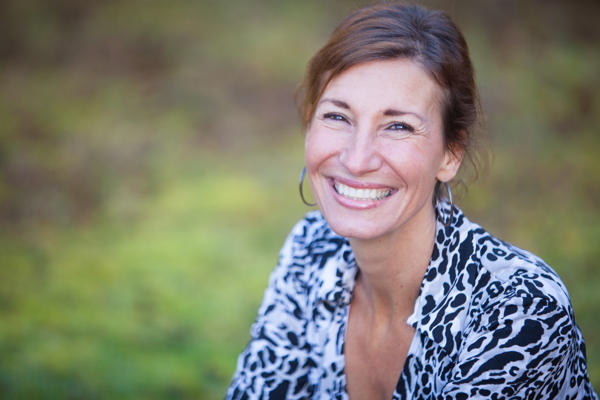
Dr. Nicole Apelian is an herbalist, a mother, a survival skills instructor, and a biologist.
She graduated with a degree in Biology from McGill University in Canada and has her Master's degree in Ecology from the University of Oregon.
She earned her Doctorate through Prescott College while working as an anthropologist and ethnobotanist in Botswana.
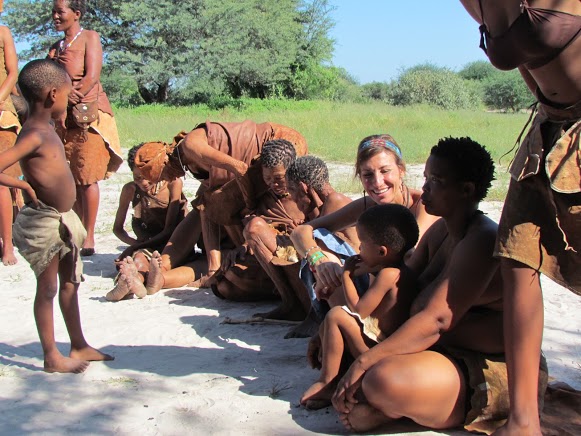
She has spent years living in nature with the San Bushmen of the Kalahari Desert, one of the last indigenous peoples who still live as hunter-gatherers.
Developing strong relationships within the tribe helped Nicole learn many of the remedies and skills she practices and teaches today.
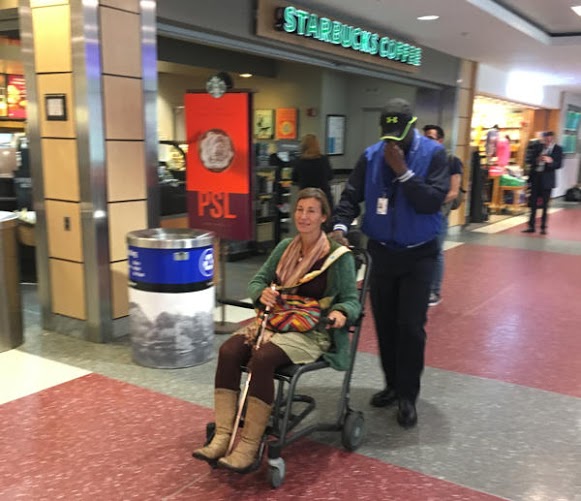
An unexpected diagnosis of MS in 2000 led Nicole to apply her research skills towards her own personal wellness.
She focused on a healthy living strategy, including deep nature connection and gratitude practices.
Through changes in her lifestyle, and using her own remedies, Nicole went from bedridden to being fully alive and from surviving to thriving.
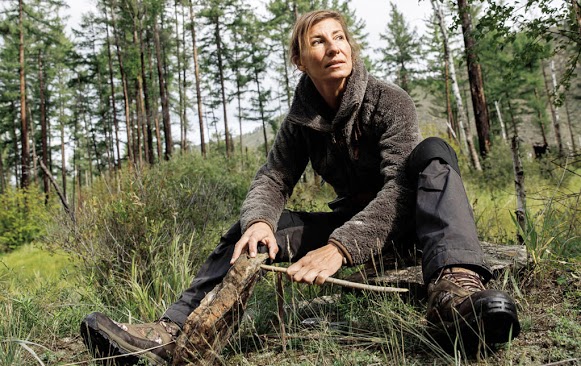
And in 2015 she was among the first women to be selected for the History Channel's TV show Alone.
She then went on to survive for 57 days straight alone in the wild with little more than the plants that she found there.
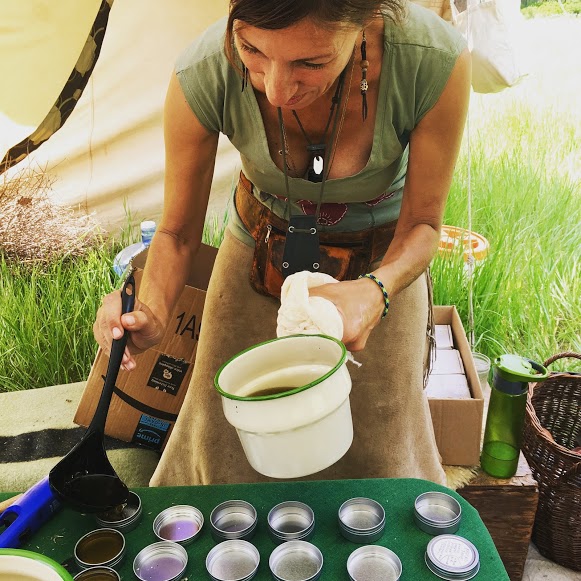
She believes that there are many more people who need to find their own remedy.
This became her life's mission and the main reason for writing this book.
In it she poured over 28 years of plant knowledge and her first-hand experiences of making her own poultices, tinctures, decoctions, salves, syrups, infused oils, and other herbal remedies.

There are two distinct ways to search through the book.
First you'll be able to easily flip through the book looking for a specific plant or find out what plants are growing in your area.
Each plant has between 2 and 4 high quality color pictures and detailed identification instructions, so anybody can use it as a field guide in their backyard or whenever they go out foraging.

The second index of the book makes it easy to search by your specific problems, ailments or needs.
These are just some of the reasons why this book is a near perfect guide for both beginners, seasoned herbalists or even people with no plant experience at all.
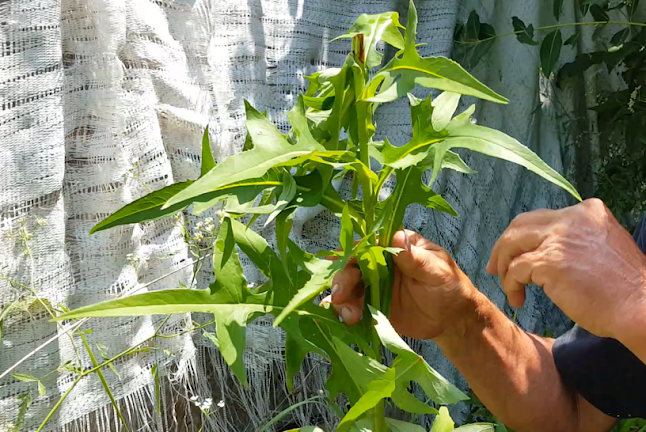
For example, this is one of the plants you'll find in The Lost Book of Herbal Remedies. If it looks familiar that's because it grows in most backyards, and most people weed it out. But what they probably don't know is that this plant contains a milky substance called lactucarium which acts directly on the central nervous system (CNS) to lessen the feeling of pain.
Inside the book you'll find full instructions on how to turn it into an extract that you can use whenever you are in need.

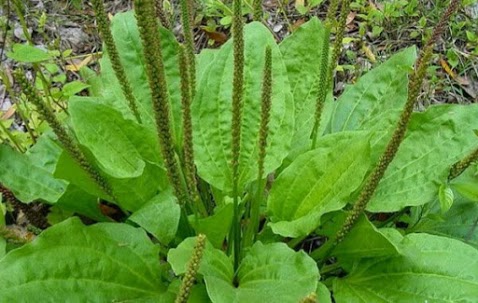
I'll also show you the common US driveway plant that has become the most expensive and sought out plant in Venezuela after the pharmacies ran dry.

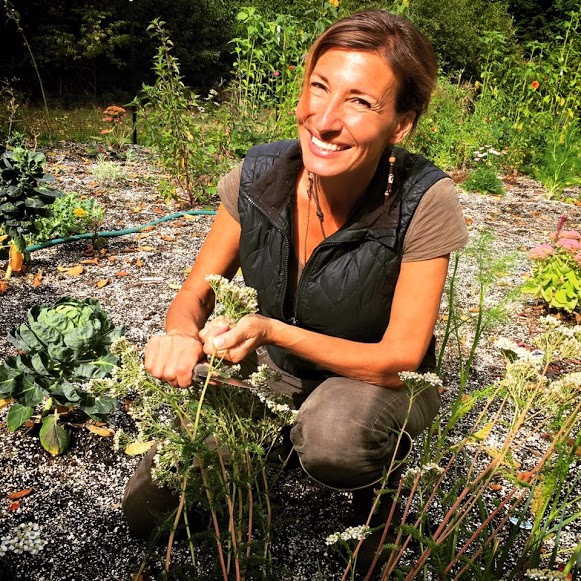
On day 42 of the Alone show I accidentally hurt my knuckle while gutting a fish. The wound would most likely have gotten infected.
Luckily, I found Yarrow, which quickly stopped my bleeding. And, most importantly I found Usnea, which is a plant used for infections. You've probably seen it growing on tree trunks.
I dressed my wound for 3 days with these and now you can barely see the scar anymore.

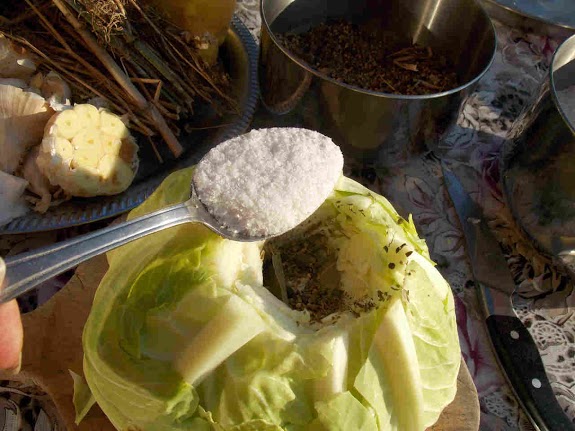
On page 54, you'll find out the interesting thing that happens when you pour salt into a cabbage.
The end result you'll get by fermentation - called Sauerkraut - is full of probiotics that protect your digestive tract, regulating bowel movements and in many cases preventing both diarrhea and constipation.

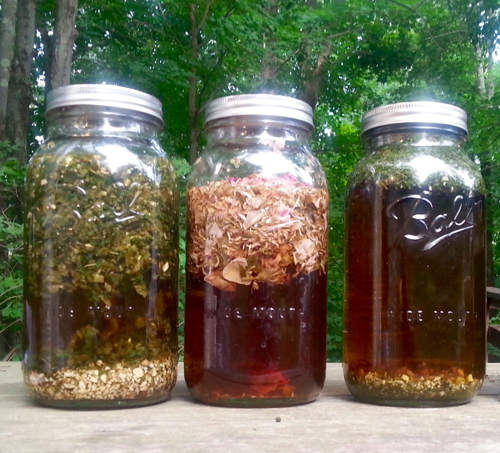
Of course, in the book you'll also discover the 3 herbal tinctures I'm using to manage my MS.
ONE of the tinctures that I'm taking daily is an Adaptogen. That means it decreases the biological and oxidative stress, fighting inflammation and repairing damaged tissue.
The other 2 tinctures that I take have an Immunomodulatory effect. That means they bring my body back to balance. If the immune system is hyperactive, they downregulate it, but only until the inflammation subsides.

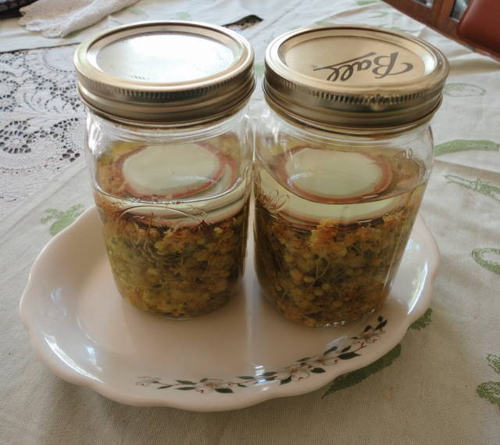
Money may not grow on trees, but many of the things people pay money for DO.
This one, that you'll find on page 191, was largely used by our forefathers whenever they had a sore throat.

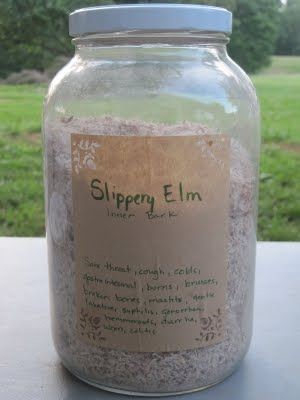
In The Lost Book Of Herbal Remedies you'll also discover a tree called Slippery Elm.
The inner bark of this tree contains a substance called mucilage.
When taken orally, mucilage becomes slick and coats the mucous membranes in the intestinal tract, soothing inflammation, relieving pain and giving the bowels a much-needed rest to heal themselves.


The Native Americans held a deep and special connection with the earth and the plants sprouting from it. And while they respected all life, “The Tree of Peace” held a special place in their hearts.
One of the most powerful native American ointments was made from it.
The Haudenosaunee people would use it for back, knee, neck, shoulder, ankle and wrist pain.
The active compound in the ointment has been recently found to be pycnogenol which inhibits the inflammatory chemical signals in our body and provides mobility to your joints.


You'll also find out the plant that boosts your energy and relieves foot pain when you wear it inside your shoes.

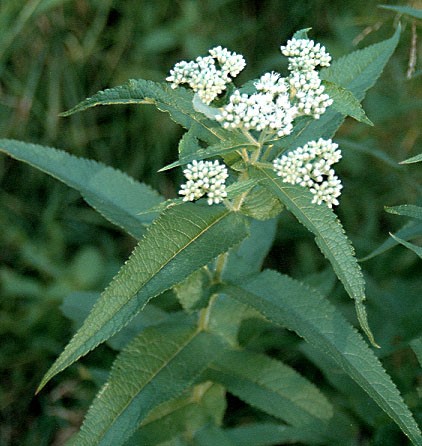
Another plant you'll find in The Lost Book of herbal Remedies is Boneset, which our forefathers used to reduce fever.
In fact, the name “boneset” was derived from the plant's use in the treatment of breakbone fever.


As we age, some men get an inflamed prostate while some women develop what's called an overactive bladder.
The berries of the plant you'll find on page 256 can be turned into a tincture or a syrup that helps with inflamation and decreases the need for frequent urination.

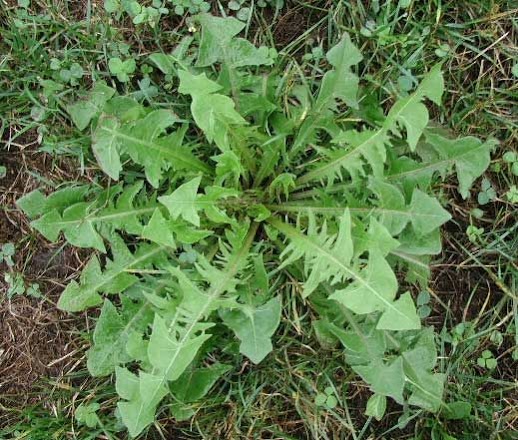
Chances are you've come across this plant growing in sidewalk cracks, but probably not in a salad. It may look like Arugula, but it's not. In fact it's much more nutritious and it also contains an essential trace mineral called Chromium that helps the pancreas.
Chromium is extremely rare nowadays because of the food processing methods that remove most of the naturally occurring chromium from foods. Maybe this is one of the reasons why so many afflictions are so common today, but 100 years ago they rarely affected our forefathers.

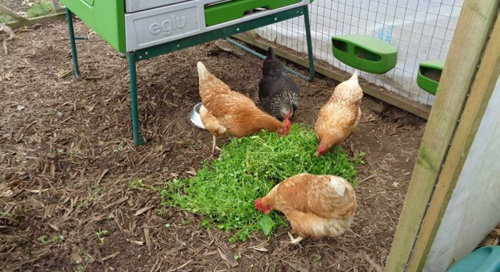
On page 61 you'll discover the plant commonly used as chickenfeed.
But a simple tea made from this plant reduces the intestinal transit time. That means it helps get rid of constipation better than anything else I've tried over the years.

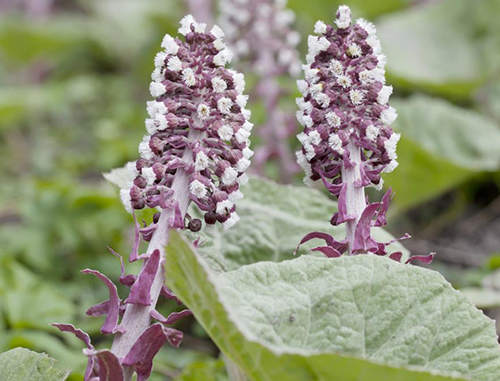
Usually in Spring, when our grandparests would get a runny nose, itchy eyes or dificulty breathing they used a plant called Butterbur. This plant is so special because it contains natural antihistamines.


If you ever have to go out foraging, will you know which one of these plants is edible, which one people used for high blood pressure and tension, and which one is poisonous?
The Native Americans knew all too well and probably our grandparents too. But very few people nowadays could give the correct answer. As a survivalist I can tell you that this kind of skills will set you apart from your group during dark times.


Chances are you've seen this plant too. It grows in most forest glades.
You'll discover how to use it to tackle not only common colds but lung problems as well.
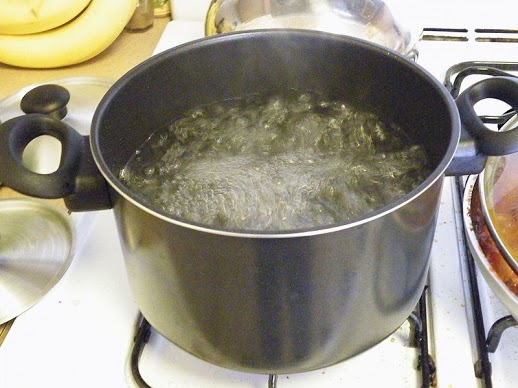
Also, taking in the steam from leaves that have been boiled in water will loosen up the airways and improve breathing. It does this by loosening the mucus in the chest and sinuses.

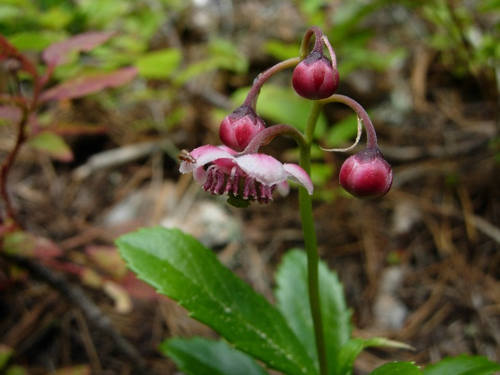
On page 195 you'll also discover a plant called Pipsissewa, which in Cree means “to break into small pieces”.
That's because of its ability to break up and dissolve kidney stones.
The plant also contains a substance called hydroquinone, which disinfects the urinary system and diminishes inflammation of the bladder.

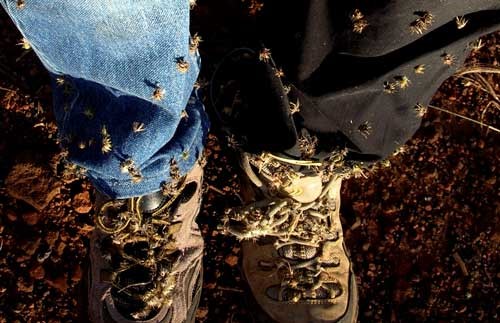
If you ever walk through the edges of woodland, and get some sticky burrs attached to your clothing, you can bet you've just passed by this plant.
The best way to deal with this annoying plant? Eat it.
Native Americans used it as a sweetener 200 years ago, and it tastes better than most greens I know.
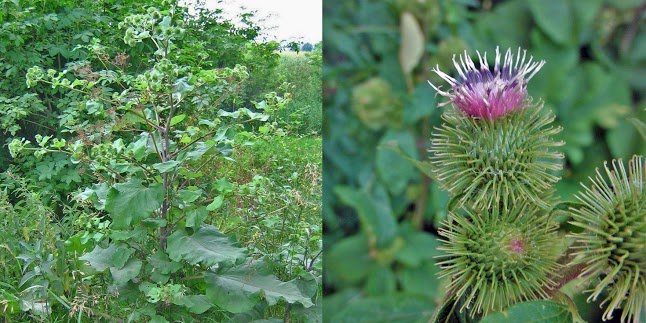
What people don't know is that this plant is also a strong diuretic effect that you can eat if you have poor blood circulation. If you've ever felt a tingling and numbness sensation in a limb in certain positions, you my try this plant people used for centuries as a blood vessel cleanser.


Another plant you'll find inside is called Wooly Lamb's Ear. Also known as “backyard bandage”, this plant has been used for centuries on battlefields to stop bleeding.
It's been recently discovered it's high in Vitamin K, the vitamin that coagulates the blood.
It is the same powdered vitamin that we gave our soldiers in WWII to pour over their wounds.

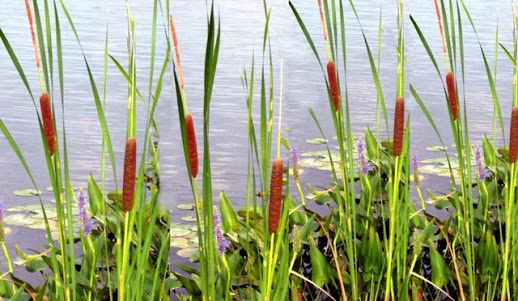
If you find cattails, you'll have everything you need for survival: water, food, shelter, and fuel. This is why they call it the supermarket of the swamp.
You probably already know cattails are edible. But few people know what is probably the most important thing about them.
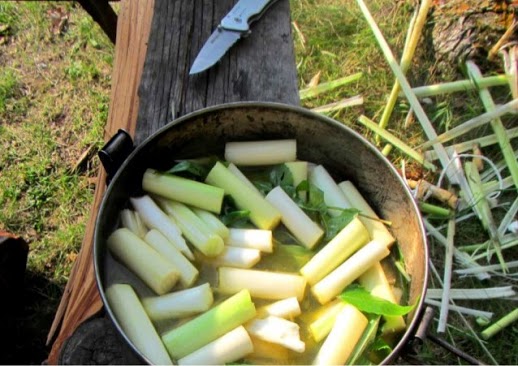
The jelly-like substance that grows between its leaves.
It is very good for severe skin infections. And one of the best ointment for nail and foot fungus.
On a different note, this gel is the only part of the cattail that is widely considered to be inedible.
It's not poisonous...so why?
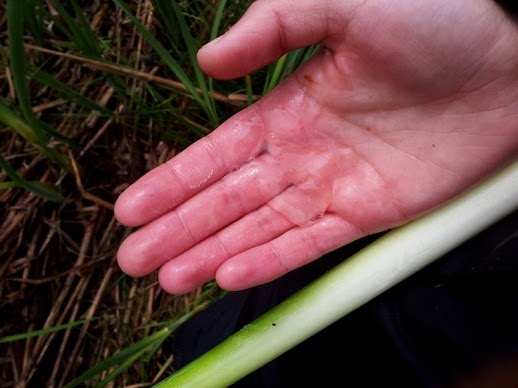
Well, because it has a numbing effect on moist tissues and has been used as an anesthetic by the pioneers. When they were hit with a ravaging toothache, they would just go get their jar of cattail ooze and rub it around their gums. The pain would subside in minutes.

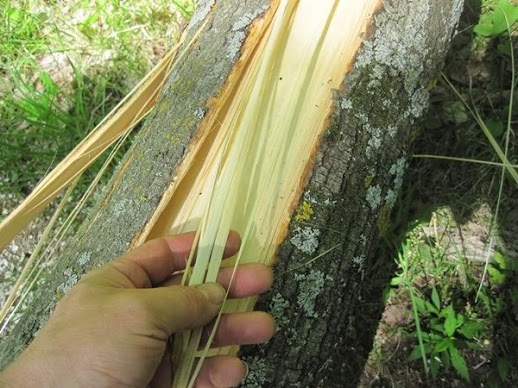
I call it that because you can use the sap as a remedy, its flowers as a sleeping aid, its leaves as food, and the inner bark as cordage.
You don't need much more than this for survival.

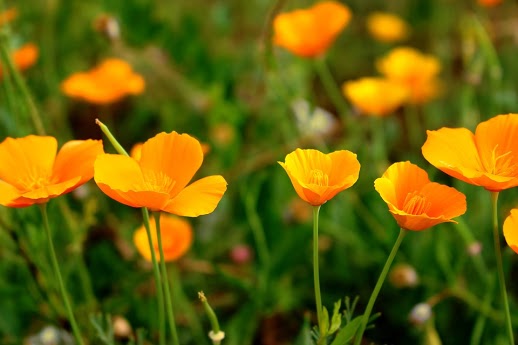
You'll also find a very special plant that can lower stress levels and in doing so, it helps people get a good night's sleep.
Deep sleep is the only time your body has to clear away damaged cells or repair them. That's why probably people who sleep well tend to live longer.

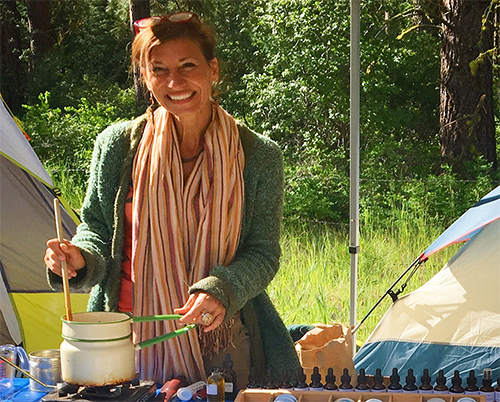
You'll also discover the plants that I use in my Leaky Gut Herbal Blend that forms a protective layer around perforations in the gut through which particles may enter the bloodstream.
What you really don't want is anything that causes inflammation entering your bloodstream as this leads to an inflammatory response that puts the immnune system into an unhealthy overdrive.

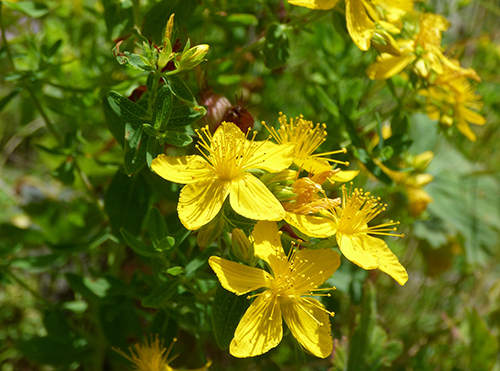
Another plant you'll find in The Lost Book of Remedies is St. John's Wort. It got that name from its uncanny ability to bloom exactly on June 24, the birthday of St. John the Baptist.
The oil of St John's Wort was used for centuries to help people with hemorrhoids.
In the book you'll find a lot more remedies that you can make out of it.

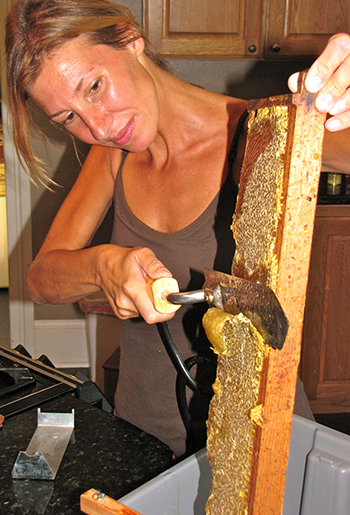
In The Lost Book of Herbal Remedies you'll also find the folk aids that our grandparents gave us
to bring down fever, alleviate a sore throat, fight the flu, and many more.
They used only common household items that you probably have in your cupboard right this second.
Like the spice you add to your meals that helps to stop bleeding.
Or the substance that our forefathers used to destroy parasites in the digestive tract.
Or the common household “stain buster” that our grandparents used in fighting most fungal and bacterial skin infections.
But There's MORE That You're Going To Get:
If you get The Lost Book of Herbal Remedies today, you'll also take advantage of one exclusive *gift.
You'll get the '80-Square-Feet Medicinal Garden in Your Backyard'.
Wouldn't it be nice to have the plants you need growing close by? In this bonus you'll find out how to plant, grow and harvest them the right way.
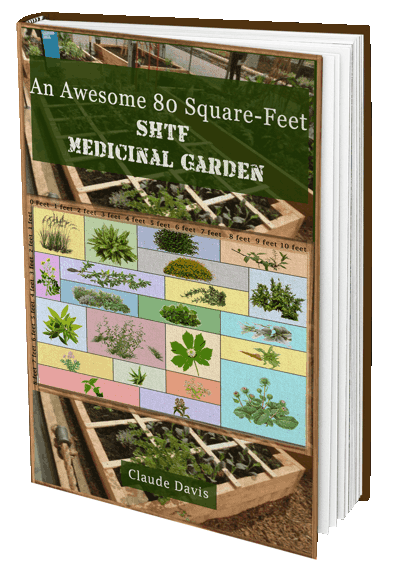

I printed The Lost Book of Herbal Remedies in a limited edition, with color pictures, containing 800+ plants and remedies made from them.
Now you can find all you need to know about medicinal plants in one book.
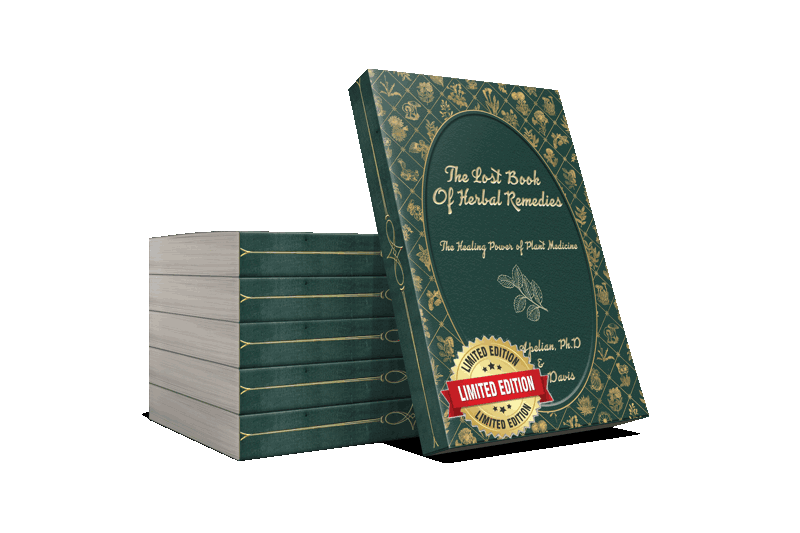
The Lost Book of Herbal Remedies will also become your field guide. With it you can identify the beneficial plants growing around your house or when you go out foraging.
Just scroll down, and click on the button below to get your own copy.

 I can't stop studying
it!
I can't stop studying
it! Fun book talking about the
beneficial plants all around us.
Terry Wahls M.D.
Fun book talking about the
beneficial plants all around us.
Terry Wahls M.D.
 I love this book!
Sandy Hoffman
I love this book!
Sandy Hoffman
 I absolutely love this book.
I use it all the time.
Claire Tomkinson
I absolutely love this book.
I use it all the time.
Claire Tomkinson
 What a Gem
“I almost passed on buying this book due to the cost. I am so
glad I have it on my shelf!! Haven't you always wondered about those plants around the
house? Especially the ones we call weeds? Well what a suprise to receive the book and open
it up to see dozens of “weeds” in clear pictures with well written explanations
about them. Healing is truly in the earth and all around us. The book explains each common
plant, what it's medicinal uses can be and then how to make them into safe and effective
remedies. I can't wait to get out there and harvest some that grow around my house and used
to fall prey to the weed wacker!! [...] The book and pages are copy paper size and well
illustrated and very easy to read. I just love it!”
Ladyhawk14 - Pennsylvania, Retired hospice nurse, animal lover
and rescuer
What a Gem
“I almost passed on buying this book due to the cost. I am so
glad I have it on my shelf!! Haven't you always wondered about those plants around the
house? Especially the ones we call weeds? Well what a suprise to receive the book and open
it up to see dozens of “weeds” in clear pictures with well written explanations
about them. Healing is truly in the earth and all around us. The book explains each common
plant, what it's medicinal uses can be and then how to make them into safe and effective
remedies. I can't wait to get out there and harvest some that grow around my house and used
to fall prey to the weed wacker!! [...] The book and pages are copy paper size and well
illustrated and very easy to read. I just love it!”
Ladyhawk14 - Pennsylvania, Retired hospice nurse, animal lover
and rescuer
 Must-have book for
herbalists - with plant PHOTOS, not drawings
“This is a must-have book for anyone interested in using
herbs for health and well-being! I started studying herbalism almost two years ago. It
opened up a whole new world and I've embraced the beauty and power of herbs as an integral
part of my daily life. I searched high and wide for a good plant identification book.
Finally, I found it in this book. All of the other books I considered had drawings (which
are so hard to use in a practical sense) instead of actual photos (like this one does). And
the harvesting and usage notes are so helpful. Thank you, from the bottom of my heart, for
this wonderful resource! I've already shared it with others. What a bargain, at just $37,
for both a digital and print copy.”
Denise L Caiazzo - herbalist
Must-have book for
herbalists - with plant PHOTOS, not drawings
“This is a must-have book for anyone interested in using
herbs for health and well-being! I started studying herbalism almost two years ago. It
opened up a whole new world and I've embraced the beauty and power of herbs as an integral
part of my daily life. I searched high and wide for a good plant identification book.
Finally, I found it in this book. All of the other books I considered had drawings (which
are so hard to use in a practical sense) instead of actual photos (like this one does). And
the harvesting and usage notes are so helpful. Thank you, from the bottom of my heart, for
this wonderful resource! I've already shared it with others. What a bargain, at just $37,
for both a digital and print copy.”
Denise L Caiazzo - herbalist
 ... book of Remedies is by
far one of my better books. The book is very well written
"The lost book of Remedies is by far one of my better books. The book
is very well written, fantastic colored illustration and easy to read. This book is amazing.
I purchased 4. One for myself, 3 as gifts. this is a book you need to have. Seriously, I
rarely write reviews. This book warrants rave and high reviews."
Doc Washburn - St. Louis MO
... book of Remedies is by
far one of my better books. The book is very well written
"The lost book of Remedies is by far one of my better books. The book
is very well written, fantastic colored illustration and easy to read. This book is amazing.
I purchased 4. One for myself, 3 as gifts. this is a book you need to have. Seriously, I
rarely write reviews. This book warrants rave and high reviews."
Doc Washburn - St. Louis MO
 This is an important
must-have book
"Really good reference source for herbal home remedies. The
detailed pictures are very helpful when identifying the plants out in the wilds. The
detailed instructions on mixing the herbs gives me confidence that I haven't skipped any
thing important. [...] the information the reader needs is in the book.
I feel the book is well worth the money and should be a staple on any self-reliant persons
bookshelf."
BlackBelt
This is an important
must-have book
"Really good reference source for herbal home remedies. The
detailed pictures are very helpful when identifying the plants out in the wilds. The
detailed instructions on mixing the herbs gives me confidence that I haven't skipped any
thing important. [...] the information the reader needs is in the book.
I feel the book is well worth the money and should be a staple on any self-reliant persons
bookshelf."
BlackBelt
 Five Star Book if the editor
had better organizational skills
“[...] The color photos are great. A smaller thicker book with
one plant on a page would be better handled. Then list plant, how to identify, uses, and how
to prepare, etc. Maybe just say infusion, decoction, tea, etc. and have how to make these in
a separate section if no room on a smaller page.
I originally received an empty envelope, but Nicole saw to it that I promptly received my
book.”
A lesson learned
Five Star Book if the editor
had better organizational skills
“[...] The color photos are great. A smaller thicker book with
one plant on a page would be better handled. Then list plant, how to identify, uses, and how
to prepare, etc. Maybe just say infusion, decoction, tea, etc. and have how to make these in
a separate section if no room on a smaller page.
I originally received an empty envelope, but Nicole saw to it that I promptly received my
book.”
A lesson learned
 This is a GREAT book. for
any survivalist, prepper or anyone tired of chemicals
“[...] If you are a prepper, survivalist, or off grider,
this book is for you!!! It full of the old way (ALL NATURAL) home remedies.
My wife and I have had need to try some, and although I was a little skeptical at first. I
will say they work. Most of the ingredients can be found in the yard or on the roadside, and
just need a little prep time.
Also look at the Book, "The lost Ways" Both are worth having in you library.”
Andrew P. Arkansas
This is a GREAT book. for
any survivalist, prepper or anyone tired of chemicals
“[...] If you are a prepper, survivalist, or off grider,
this book is for you!!! It full of the old way (ALL NATURAL) home remedies.
My wife and I have had need to try some, and although I was a little skeptical at first. I
will say they work. Most of the ingredients can be found in the yard or on the roadside, and
just need a little prep time.
Also look at the Book, "The lost Ways" Both are worth having in you library.”
Andrew P. Arkansas
If at any time during those 60 days you are not COMPLETELY satisfied with The Lost Book of Herbal Remedies, send me an e-mail, and I'll give you back every cent.
It's as simple as that!
No questions asked.
That's my personal guarantee.
